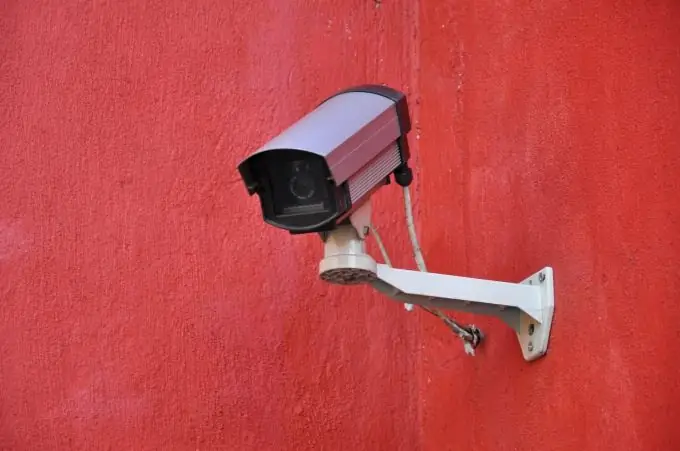Many computer users want to equip them with cameras to capture images in real time. There are several types of such cameras. Some of them are connected directly, others through intermediate equipment.

Instructions
Step 1
To connect a USB webcam to the machine, simply plug it into the port. After that, on Linux, run the xawtv program. If the camera is supported, you will see an image. In case the camera is not supported, rather complicated settings will be required. You can either find a description of these settings by the name of the camera in search engines, or change it to another one. Sometimes changing or updating the distribution kit helps. In Windows, before using any webcam, you will need to install drivers and programs from the included disk. Please note that drivers from one camera may not work with another.
Step 2
To connect an IP video camera to a computer, connect it to an available port on the router. If the camera requires power supply via PoE, supply it through a special adapter, and if not, supply it separately, observing the polarity. Then enter the IP address assigned to it by the router via DHCP into the address bar of the browser. The web interface will appear, from which you can configure the required settings. Be sure to set a strong password. Then, through the same web interface, start viewing the image from the camera.
Step 3
To connect a camera producing an analog video signal, use a special card - a TV tuner. Install the card into a free PCI slot when the computer is off, connect the camera through the composite video input connector (depending on the tuner model, it can use the RCA or, less often, BNC standard), then turn on the camera and computer. To work with it in Linux, use the tvtime program or the same xawtv. The likelihood that the board will be correctly identified immediately is much higher than the similar probability for a webcam. In Windows, install drivers and programs from the disk supplied with the card. If not, use the Kastor TV software package.
Step 4
In the program, select a low-frequency video input (if there are several of them, check which one the signal is coming from). If the camera is in color and the image is black and white, switch the TV standard (how to do this depends on the program).






